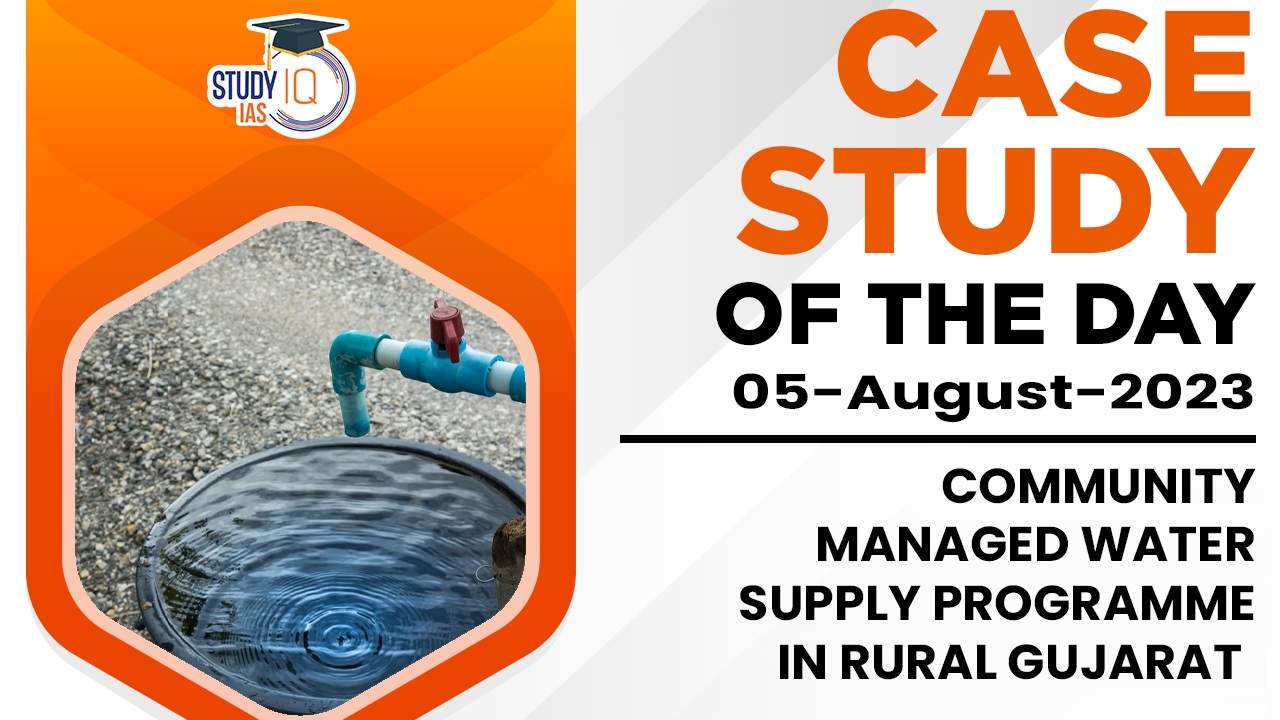Table of Contents
Gujarat is a state in western India with a population of over 60 million people. The state is home to a variety of climatic conditions, from arid deserts to lush green hills. However, water scarcity is a major problem in many parts of Gujarat, especially in the rural areas.
Problem
- In the past, the government of Gujarat implemented a number of rural water supply schemes. However, these schemes were often not sustainable, as they were not properly managed by the local communities. As a result, many of these schemes eventually failed.
Solution
- In 2002, the government of Gujarat launched the Community Managed Water Supply Programme (CMWSP). This programme is based on a unique cost-sharing model, where the community partially shares the cost, owns the drinking water assets, and holds the operation and maintenance responsibilities.
Benefits
- The CMWSP has been very successful in bringing drinking water to the doorsteps of people in rural Gujarat. The programme has helped to improve the health and well-being of the rural population, and has also had a positive impact on the local economy.
Challenges
- Lack of awareness about the programme among the rural communities
- Lack of financial resources to support the programme
- Lack of technical expertise to manage the water supply systems
Conclusion
The CMWSP is a successful example of a community-based water management programme. The programme has helped to improve the lives of millions of people in rural Gujarat, and has shown that community participation is essential for the sustainable management of water resources.


 Serious Fraud Investigation Office (SFIO...
Serious Fraud Investigation Office (SFIO...
 Article 142 of Indian Constitution, Sign...
Article 142 of Indian Constitution, Sign...
 Pakistan-Occupied Kashmir (PoK): History...
Pakistan-Occupied Kashmir (PoK): History...





















